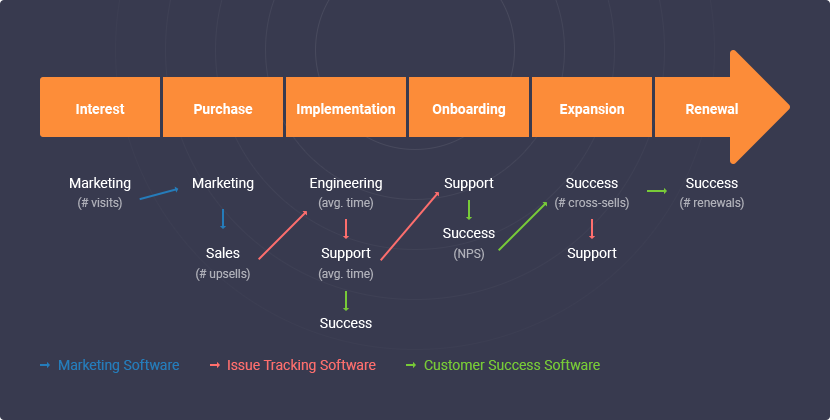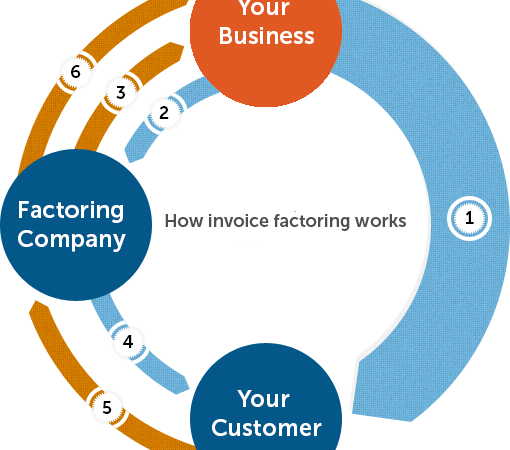Starting and growing a business is an exciting journey that requires careful planning and execution. Throughout the lifecycle of a business, there are different stages that every entrepreneur must navigate. Each stage presents its own unique challenges and opportunities. In this article, we will explore the various stages of a business, from the initial idea to expansion, and provide insights on how to successfully maneuver through each phase
The Seed Stage
At the seed stage, an entrepreneur has a business idea but has yet to launch the venture. This is the initial phase where research, planning, and validation take place.
Launching The Business
Once the business idea has been refined and a solid plan is in place, it’s time to officially launch the business. This involves registering the company, securing necessary licenses and permits, and setting up the initial infrastructure.
The Startup Phase
In the startup phase, the business focuses on establishing a customer base and scaling up operations.
- Establishing a Customer Base
During this stage, the primary goal is to attract customers and build brand awareness. Effective marketing strategies, such as digital advertising, social media campaigns, and networking, play a crucial role in acquiring customers.
- Scaling Up Operations
As the customer base grows, the business needs to scale up its operations to meet the increasing demand. This includes optimizing production processes, hiring additional staff, and investing in infrastructure and technology.
- Overcoming Challenges
During the scaling phase, businesses often face challenges such as cash flow management, resource allocation, and maintaining quality control. Effective management and strategic decision-making are essential to overcome these obstacles.
The Growth Stage
In the growth stage, the business experiences significant expansion and aims to establish a strong market presence. The duration of each stage can vary depending on various factors, such as the industry, market conditions, and business growth rate. However, on average, the seed stage may last several months to a year, the startup phase can span a few years, and the growth and maturity stages may continue for many years.
- Expanding Market Presence
At this stage, the focus shifts towards expanding the market reach and gaining a competitive edge. This may involve entering new geographical markets, diversifying product offerings, or targeting new customer segments.
- Developing a Strong Team
Building a competent and motivated team is crucial for sustained growth. Hiring talented individuals, providing training and development opportunities, and fostering a positive work culture contribute to the success of the business.
- Optimizing Processes and Systems
To support growth, it becomes essential to optimize internal processes and systems. Streamlining operations, implementing efficient technologies, and leveraging automation can enhance productivity and reduce costs.
- Managing Growth Challenges
As businesses grow rapidly, they often encounter various challenges. These may include maintaining quality standards, managing increased customer demands, and ensuring effective communication across all levels of the organization. Addressing these challenges requires adaptability, strong leadership, and proactive problem-solving.
How Important Is Innovation In The Maturity Stage Of A Business?
Innovation remains crucial in the maturity stage as it helps businesses stay competitive, adapt to changing market trends, and identify new growth opportunities. Continuous innovation ensures that the business remains relevant and continues to meet customer needs.
The Maturity Stage
The maturity stage represents a phase of stability and market dominance for a business. At this point, the focus shifts towards sustaining success and long-term viability.
- Market Dominance
In the maturity stage, the business aims to solidify its position in the market by further expanding its customer base and retaining existing clients. Building strong brand loyalty and delivering exceptional customer experiences become key priorities.
- Diversification and Innovation
To stay competitive, businesses in the maturity stage often explore opportunities for diversification and innovation. This may involve introducing new products or services, exploring partnerships or acquisitions, or implementing disruptive technologies to stay ahead of the competition.
- Long-term Sustainability
Achieving long-term sustainability is crucial in the maturity stage. This requires careful financial management, ongoing market analysis, and strategic planning. Businesses must adapt to changing market trends and consumer preferences while maintaining their core values and purpose.
- Adapting to Market Changes
Market dynamics are constantly evolving, and businesses must be agile in responding to these changes. This may involve adjusting pricing strategies, refining marketing campaigns, or repositioning the brand to meet shifting customer needs.
- Planning for Succession
In the maturity stage, business owners should also consider succession planning to ensure a smooth transition of leadership. Identifying potential successors and developing their skills and knowledge is essential for the long-term sustainability of the business.
Roles Effective Leadership Plays In Each Stage Of A Business.
Effective leadership is vital at every stage of a business. It involves making strategic decisions, inspiring and motivating employees, fostering a positive work culture, and guiding the overall direction of the business. Strong leadership ensures that the business stays on track, overcomes challenges, and achieves sustainable growth.
Common Challenges Businesses Face During The Growth Stage
Some common challenges during the growth stage include
- Managing cash flow.
- Hiring and retaining talented employees.
- Expanding operational capacity.
- Maintaining consistent quality standards.
- Environment.
Conclusion
The stages of a business represent a journey filled with unique challenges and opportunities. From the initial seed stage to the growth and maturity stages, entrepreneurs must navigate each phase strategically to ensure success. By understanding the distinct characteristics of each stage and implementing effective strategies, businesses can overcome obstacles, capitalize on opportunities, and achieve long-term sustainability. Remember, success in business requires careful planning, adaptability, and continuous learning.
Read Also:






